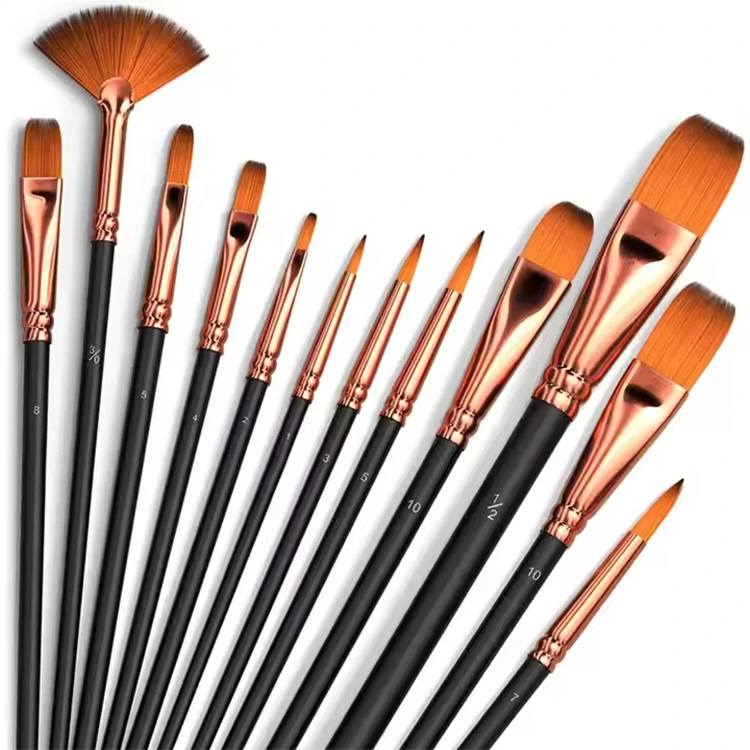5 Common Paint Brush Mistakes and How to Avoid Them
2025-06-25
Using a paint brush seems straightforward—but simple mistakes can lead to sloppy results, wasted paint, and extra cleanup. Whether you’re a DIY beginner or a seasoned pro, avoiding these common paint brush errors can save you time, money, and frustration.
Mistake 1: Using the Wrong Brush for the Job
Many people grab the first brush they see, regardless of the surface or type of paint. A natural bristle brush, for example, doesn’t perform well with water-based paints—it soaks up the moisture and leaves streaks.
Fix: Match your brush to the paint type and surface. Use synthetic bristles for latex paint and natural bristles for oil-based finishes.

Mistake 2: Overloading the Brush with Paint
Dipping your brush too deep into the can causes drips, splatters, and waste.
Fix: Dip only a third of the bristles into the paint. Tap off the excess—don’t wipe it on the edge of the can, which can damage the bristles.
Mistake 3: Painting Too Fast
Trying to rush through a job often leads to uneven application and missed spots.
Fix: Use smooth, controlled strokes. Let the brush do the work and keep a wet edge to avoid lap marks.
Mistake 4: Not Cleaning the Brush Properly
Leaving paint to dry on your brush ruins the bristles and shortens the life of your tool.
Fix: Clean the brush immediately after use—water for latex paints, mineral spirits for oil-based. Hang it to dry properly to maintain its shape.
Mistake 5: Using a Worn-Out Brush
An old, frayed brush can’t give you a clean finish, no matter how skilled you are.
Fix: Invest in quality brushes and replace them when the bristles lose shape or start to fall out.
Conclusion
A paint brush is a simple tool, but using it correctly takes a bit of knowledge and care. Avoiding these common mistakes ensures a smoother, more professional finish—and helps you get the most from every brush you buy.